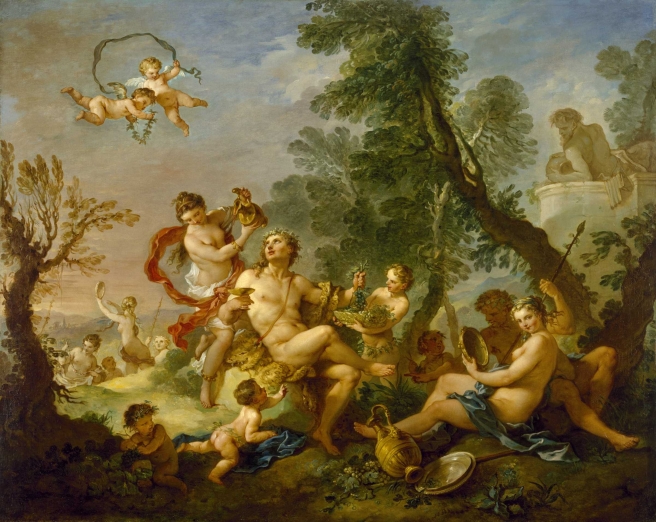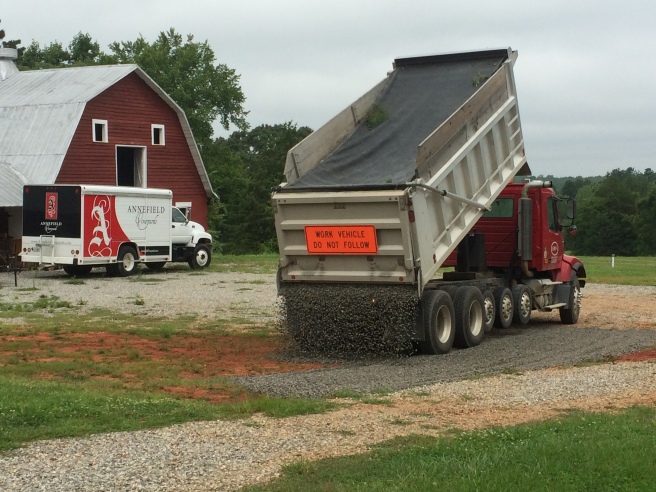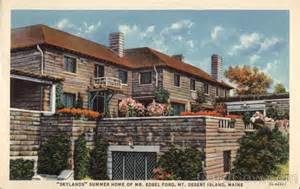WoNow that summer is easing into the cool, clear days of fall, we’re apt to forget some of the headlines we’ve seen this past summer about our record breaking summer temperatures, to wit (and these are just a few of many):
- “2016 climate trends continue to break records,” by Patrick Lynch (NASA’s Goddard Space Flight Center, 19 July 2016)
- “Hottest ever June marks 14th month of record-breaking temperatures,” by Michael Slezak (The Guardian, 19 July 2016).
- “Get used to these extreme summer heat waves,” by Lydia O’Connor (The Huffington Post, 24 July 2016).
What scientists are noting, however, is that nighttime temperatures are similarly elevated. What does this mean for a grape farmer in Virginia?

Tony Wolf, the Viticulture Extension Specialist at the Virginia Cooperative Extension publishes a newsletter, Viticulture Notes. Something he wrote in the last issue (September 2016) caught our attention, especially in light of these summer temperatures:
In hindsight, the 2016 turned from very wet early in the season to another record-breaking year for heat. We’ve not yet begun regular monitoring of primary chemistry on our research vineyard varieties, as harvest is not typically before 20 September for the Petit Manseng and mid-October for the Cab Sauvignon; however, we noticed in late-August that the Cabernet was unusually delayed in completing visual color changes associated with véraison. Even today (7 September) some clusters still had many green berries. The photo shown here reflects a minority of the clusters, as most have completely changed to blue-black color, but the change has been slower this year. The crop levels are not greater than in previous years – although there is a lot of fruit illustrated in Figure 1 — even our lightest cropped vines bore clusters that had delayed color transition in late-August. The canopy condition is excellent, and the vines have had adequate moisture as evidenced by persistent shoot growth, so the delayed ripening has been difficult to explain. We had a slightly delayed bloom in the Cabernet which might explain part of the delay of progress on véraison. I am leaning more towards the probability that the delay in berry coloration in the Cabernet reflects the unusually warm/hot conditions of the 2016 season. The high temperatures might have affected both photosynthesis rates, and possibly more dramatically affected whole plant respiration rates. Briefly, photosynthesis rates peak at around 86°F and then decline, precipitously so at temperatures above the mid-nineties, with variation in optimal rates due to variety, water and nutrient status of the plant, and other factors. It’s no surprise that 2016 has been a hot year, and we’re seeing a persistence of the heat well into September. With many days hitting max temperatures above 90°F for us this, year, it could well be that daytime highs were reducing photosynthesis and delaying grape development, including véraison. This might be a more prevalent issue in “warmer” regions of the state where growers occasionally comment on “stalled ripening” – often in Merlot, but we see it in a number of varieties; the juice hits about 18 – 20°Brix and then sugar accumulation flat-lines and pH increases.
He goes on to observe that respiration (“the flip side of photosynthesis”) is also affected by temperature, though respiration rates continue to increase with increasing temperature beyond what is optimal for photosynthesis. He notes the increase in nightly low temperatures they’ve observed:
Again, the three-year trend was for warmer nights each year, with 2016 being the warmest of the three. Compared to the summed average daily heat unit increases (17%), the summed low temperature heat unit increase was 33% over the period of interest. Again, we can’t say for certain whether this is impacting the rate of grape ripening, but it’s a testable hypothesis.
Our takeaway: here in Southern Virginia we’ve experienced the “stalled ripening” which affects “warmer” regions; not so much in the white fruit, it has been more a frustration with the red fruit. This year (just a week ago) most of our Cabernet Franc looks very much like the fruit in the photograph. The Cabernet Sauvignon had a little, none in the Petit Verdot.
The fact of species shifting to higher elevations has been studied and well documented for years — birds, for example, shifting their range, trees “moving” to higher elevations where the temperatures suit them better. Our grapevines know no such luxury. The fact is, our hotter climate is making it difficult for us (as an industry) to grow quality fruit at lower elevations. If the fruit won’t ripen, what’s the point?
Survival of the industry will mean planting grapevines that can thrive in these conditions. And what are they? Jacqueline Coleman, writer of the blog History & Wine offered a short list of fruit that does well in hot regions: Cabernet Sauvignon, Zinfandel and Syrah. The flip side: how might they fare in freezing temperatures? We know Cabernet Sauvignon can manage, but we have no experience with the other two. For white varieties, we’d probably look to Southern Italy and Greece.
As Dr. Wolf notes, “Maybe — hopefully — 2017 will be cooler, but the outlook is not encouraging. A potential topic for more fully evaluating varietal responses to our environment!”










